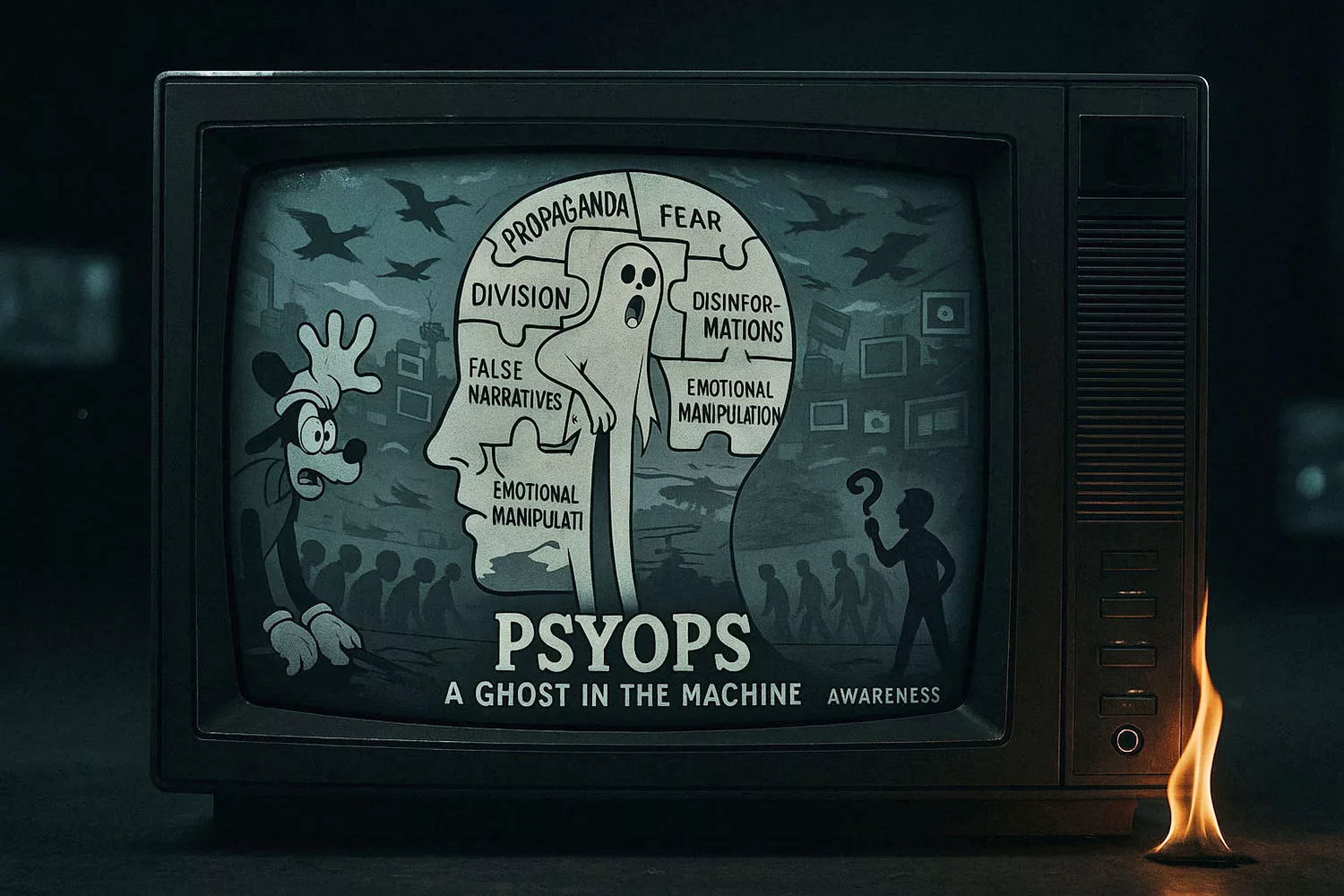
by Brenda Baletti, Ph.D.
January 26, 2024
from ChildrensHealthDefense Website
A new report produced by
the RAND Corporation for the Pentagon
recommends the U.S. military explore
how new biotechnological innovations
– including mRNA vaccines, CRISPR gene-editing
and brain-computer interfaces –
could change the nature of future warfare,
investigative journalist Lee Fang
reported Thursday.
The Pentagon is exploring how new biotechnological innovations including,
- mRNA vaccines
- CRISPR gene-editing
- brain-computer interfaces (BCI),
…could change the nature of future warfare, investigative journalist Lee Fang reported Thursday.
The U.S. Department of Defense (DOD) used to consider biotech-based warfare too risky or even eugenicist, according to a new report produced for the agency by the RAND Corporation.
But recent advances “change strategic choices for the human body as a warfighting domain,” the authors of the report wrote.
The RAND Corporation is a military think tank established during the Cold War and known for its work actively influencing government and military policy.
The report “Plagues, Cyborgs, and Supersoldiers – The Human Domain of War”, presents a series of future war scenarios based on
- advances in engineered bioweapons
- the Internet of Bodies
- genomics,
…that the authors said,
“might seem fantastical,” but are “not far-fetched,” given rapid advances in 21st-century biotechnology.
The report recommends that military planning anticipate these future war scenarios.
“We see a complex, high-threat landscape emerging where future wars are fought with humans controlling hyper-sophisticated machines with their thoughts,” where “synthetically generated, genomically targeted plagues” disrupt the American military-industrial base and the future soldier is an “enhanced warfighter” who can survive in extreme conditions, the report warns.
Fang told The Defender,
“These Pentagon research reports read like science fiction, but they provide crucial insight into how the military sees future conflict and exerts pressure on lawmakers on crucial policy issues.”
The Scenarios – Engineered pathogens, Internet of Bodies and Enhanced Genomics
The report posits scenarios with future COVID-19-like pandemics that emerge from engineered pathogens, and considers them in the context of war with China and Russia.
The authors argue the U.S. would be at a major disadvantage without serious prior investment in its own biotech weapons and a strategy to curb the development of such weapons by competing global powers.
The first hypothetical scenario, referred to as a “vignette” in the report, takes place in 2028, when a new and highly infectious “SARS-CoV-3” spreads in the South China Sea and then on U.S. Navy vessels, forcing them to cease operations.
U.S. agencies get caught up in infighting over which agency should investigate the causes and spearhead the response.
China, which appears to be immune to the virus, launches an assault on Taiwan, and the disabled U.S. fleet is unable to respond.
The World Health Organization credits Chinese social distancing with its slow spread, unaware that the Chinese military and population were unwittingly vaccinated against the new version of the disease, released as a bioweapon.
This scenario was initially conceived by Pentagon researchers, Fang wrote, who,
“believe that a ‘coronavirus bioweapon’ may lurk on the horizon.”
In another scenario – “Pandemic Geopolitics” – a new airborne pathogen with a long contagious period and an astronomical mortality rate of 2.5% begins circulating in 2033, killing 1 million Americans in four months with 6.5 more million projected to die.
China and Russia in this scenario have vaccines in advance and use the opportunity to expand their borders. The U.S. and Europe lack the capacity for a military response.
The report then turns to an Internet of Bodies scenario that Fang wrote is,
“seemingly inspired by the decline of Sen. Dianne Feinstein,” and set in a more distant future.
Elderly congressional leaders fear a loss of power due to rumors of their cognitive decline.
To appear more competent, they have BCI devices implanted in their brains to boost their physical and cognitive functioning. However, the devices malfunction, the politicians act erratically and foreign allies begin to distance themselves from the U.S.
In yet another scenario, government employees use artificial lenses for their eyes that have recording devices and storage. However, the technology also is used to collect and leak sensitive information, unbeknownst to the U.S. government.
BCI could offer benefits to the “warfighter,” for example allowing commanders and their forces to communicate directly. However, the report cautions that BCI devices can also be hacked.
The U.S. currently leads Internet of Bodies technology development, at least according to the number of patents that have been filed, but the authors warned that “China is quickly catching up.”
The authors posit a distant future where genomic surveillance is used to select the most appropriate military recruits and another where genetic modifications are used to create “super soldiers.”
U.S. should Plan to Integrate Biological War-Fighting
The report makes recommendations inspired by missteps the authors see regarding the handling of the COVID-19 response, and advises the Pentagon to consider the risks and benefits of emerging technologies.
Fang wrote:
“In a not-so-veiled shot at those who denied the COVID-19 lab leak theory as ‘disinformation,’ they note that in the event of an engineered coronavirus bioweapon, most scientists ‘would likely’ presume that the virus had a natural or zoonotic origin, disputing claims of a manufactured attack.
This ‘ambiguity could serve a nation-state well,’ the report argues.”
The existing United Nations Biological Weapons Convention should be revised to address new issues raised by new technologies, the authors recommend.
But they also called such treaties “intractable” – because some countries don’t comply – and recommended “bilateral treaties” governing bioweapons.
They also call for the U.S. to divest from the Wuhan Institute of Virology, which many argue is the source of the COVID-19 lab leak.
According to Fang,
“The report takes aim at Congress, criticizing the recent repeal of the
It urges lawmakers to resist ‘anti-vaccine populism’ to ensure military readiness.”
The authors recommended sanctions on foreign powers misusing biotechnology and that the Pentagon begin using genetic screening.
Finally, they said the DOD should develop guidelines for integrating biological warfighting into its suite of military capabilities.
Despite the science fiction-esque nature of the scenarios RAND poses in the report, Fang said it is important to track such policy documents, because similar past reports have foreshadowed future government action that did come to pass.
He wrote:
“Over a decade ago, In-Q-Tel, the venture capital arm of the CIA, published a report looking at the opportunities posed by
social mediaand suggested that major platforms could be analyzed with artificial intelligence for sentiment analysis and advanced intelligence gathering.
“Soon after, the
agency began fundingseveral specialized startups to analyze protests and political movements using platforms such as
Twitterand Facebook.
Some of the CIA-backed firms have gone on to engage in sophisticated







